If you’ve used an iPhone or other Apple devices, you’ve probably used AirDrop at some point. This is an extremely convenient feature as it allows users to securely transfer photo, video, etc data between iOS devices via Wi-Fi and Bluetooth. You can also use it to send and receive documents, contacts, passwords, and more that can be shared from within the app on your Apple devices.

However, it doesn’t always work perfectly. If you are having problems with AirDrop, refer to this article to find out how to fix it.
Restart the device
This is considered the most familiar and commonly used error correction action, not only on iOS but in any operating system that can be applied. Restarting your iPhone can help you fix AirDrop error very easily.

Depending on the specific iPhone model, you will have a way to “force” restart your iPhone. Specifically:
– From iPhone 6s and below: Press the Home button and the power button at the same time until you see the Apple logo.
– From iPhone 7 and 7 Plus: Press the power button and volume down button simultaneously for at least 10 seconds until you see the Apple logo appear.
– From iPhone 8 and up: Press and release the volume up button. Then press and release the volume down button. Finally, hold down the power button until you see the Apple logo appear.
Check if the device supports AirDrop feature or not
By default, AirDrop is not equipped on all Apple devices, but it has only appeared on iPhone 5 and above, iPad 4 and later, iPad mini or 5th generation iPod touch.
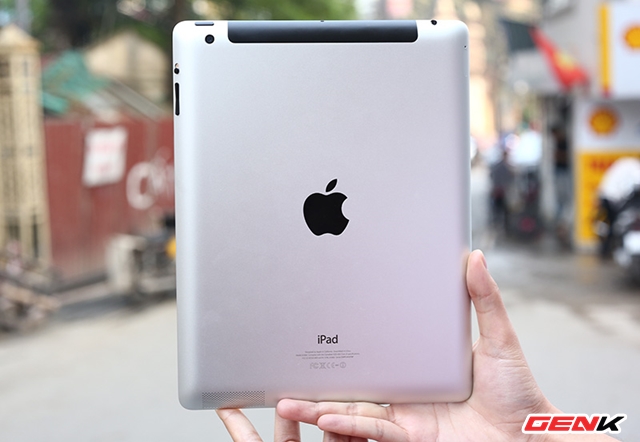
Therefore, if your device is not on this list, then obviously, AirDrop will not be.
Double check AirDrop settings
Many times in the device settings, there will be times when you have customized AirDrop settings so it will not work as expected. Therefore, to avoid mistakes, you should try to double check the AirDrop settings.

Open Settings > General.
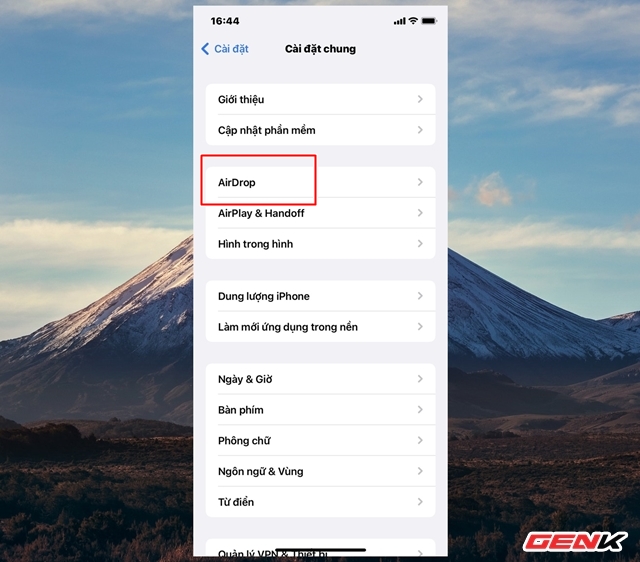
Tap “AirDrop”.
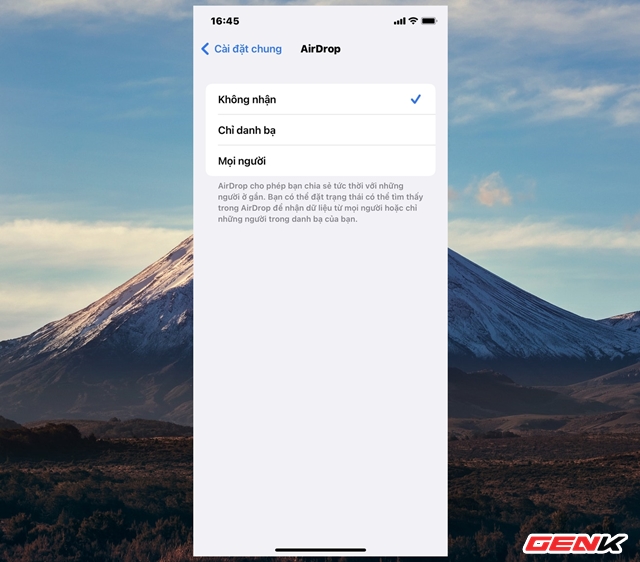
AirDrop will give you 03 choices to use, including “Do not receive” (i.e. disable this feature to prevent anyone from sharing anything with you via AirDrop), “Contacts only” (this option will limit sharing to people who have an email address or phone number in your contacts) and “Everyone” (this option will make it easy for anyone to share via AirDrop with you) ).
Double check Wi-Fi and Bluetooth connection
As mentioned above, AirDrop relies on Wi-Fi and Bluetooth to transfer data over wireless networks. If AirDrop on your device is still not working, try disabling Wi-Fi and Bluetooth completely in Settings then turning it back on.
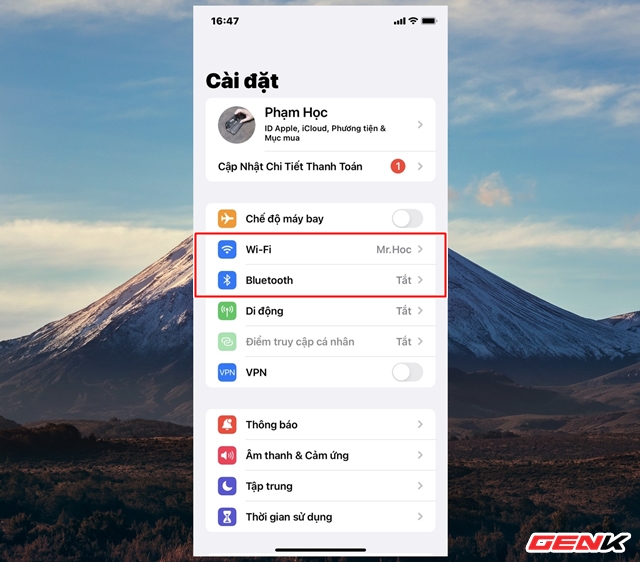
In some cases, AirDrop can work without a Wi-Fi connection.
Deactivate the “Personal Hotspot” feature
Personal Hotspot, or what many people often call the feature of broadcasting Wi-Fi using a cellular connection (4G/5G) to other devices, often causes AirDrop to not work. The only solution is to turn this feature off. This means that devices that are using Wi-Fi that you broadcast will no longer be able to access the network, but you can completely turn it back on after using AirDrop.
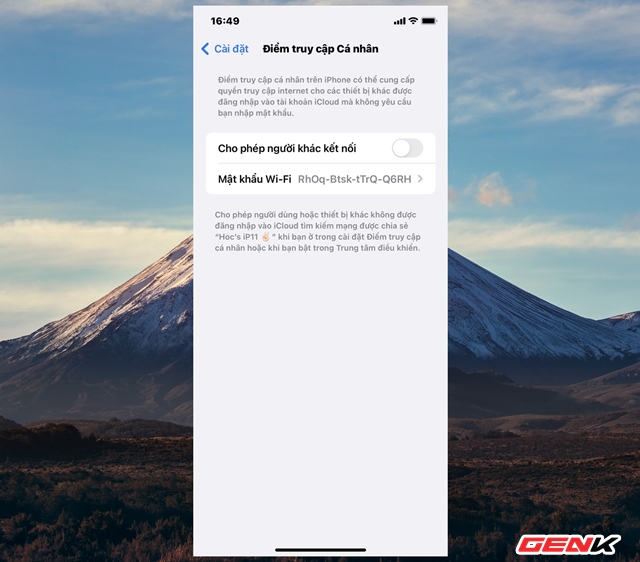
To turn off Personal Hotspot, open Settings and turn it off, or quickly turn it off from the Control Center.
Make sure your iPhone is unlocked
You may not have noticed, but if your iPhone is locked or powered off, it won’t show your device in other people’s AirDrop list.
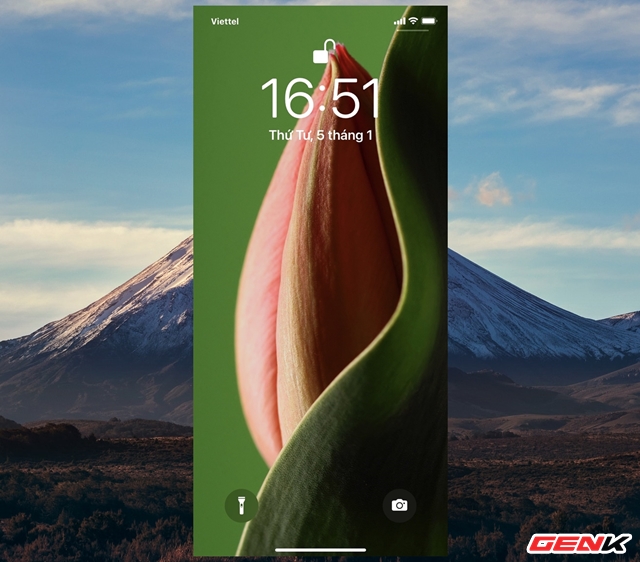
If you want to receive anything via AirDrop, make sure your iPhone or iPad is powered on and unlocked while the screen is on.
Move AirDrop sending and receiving devices closer together
When devices are not connected to the same Wi-Fi network, AirDrop relies on Bluetooth to find the device and transfer data.
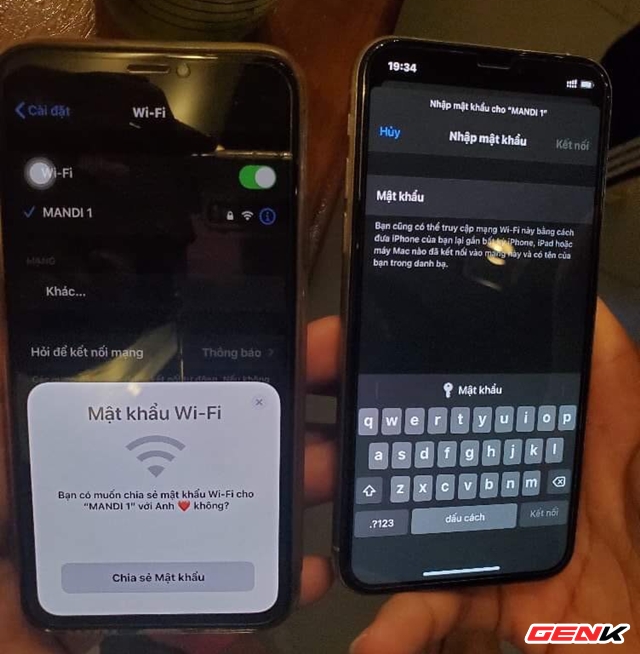
Bluetooth on iPhone only works well within a range of about 10 meters, so bring the two devices you want to AirDrop closer together.
Reset the device
This is the last “hard” solution that you can resort to if you have tried the series of suggestions above.
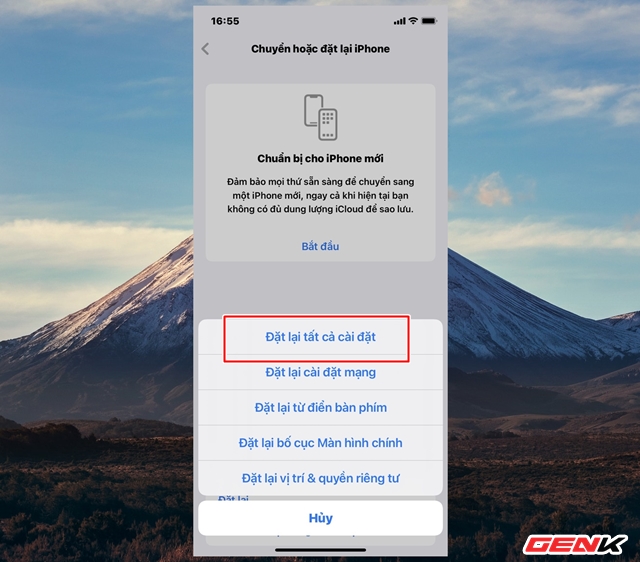
To reset iPhone settings, go to Settings > General > Transfer or reset iPhone/iPad > Reset > Reset All Settings.
Don’t forget to back up your data to avoid losing stars when performing the above task.
Bring the device to the service center
If resetting the device also doesn’t solve your AirDrop problem, the problem may be in Bluetooth or Wi-Fi related hardware. Therefore, it is best to bring the device to Apple authorized service centers so they can run some diagnostics and help you find the cause.
Hope the article will be useful to you.
.
